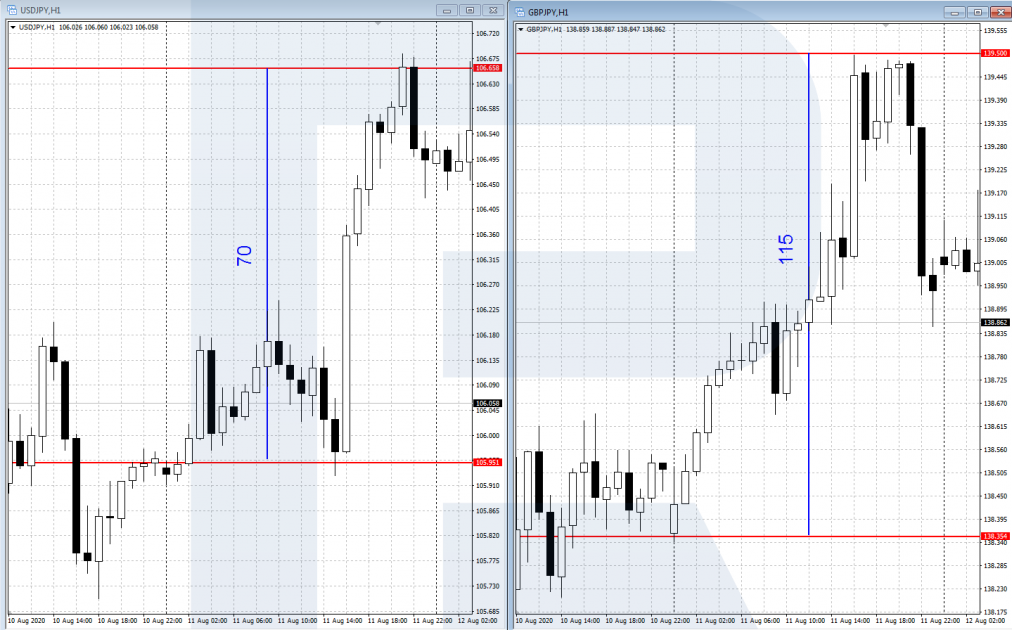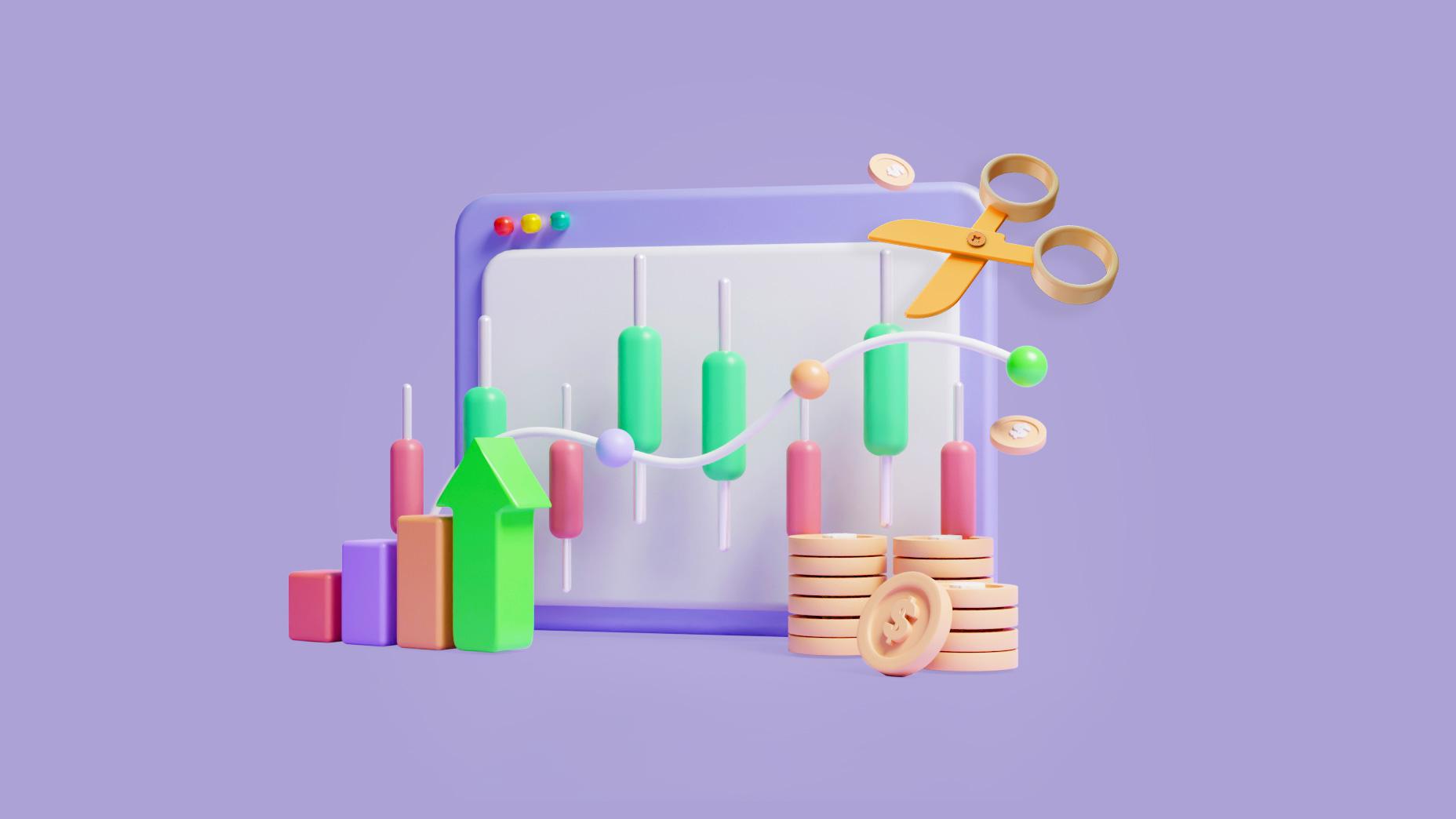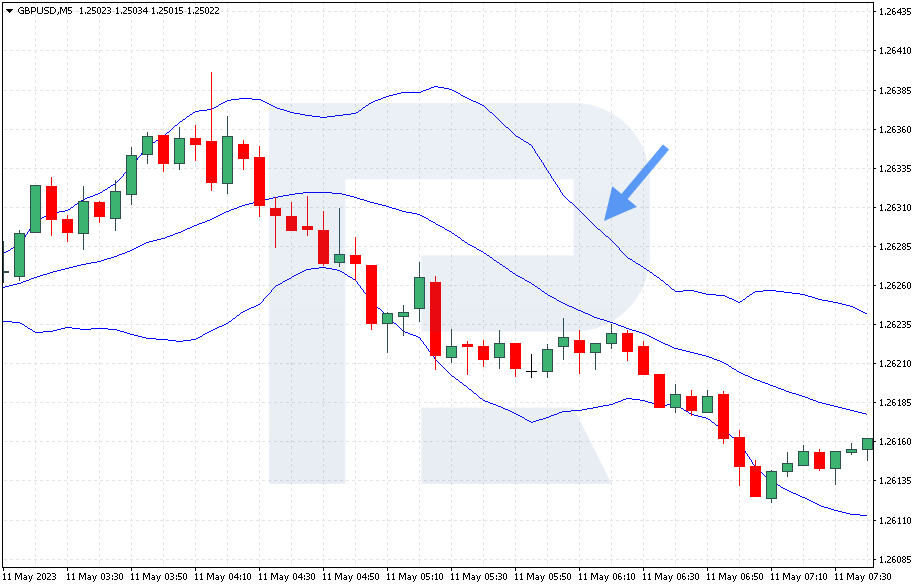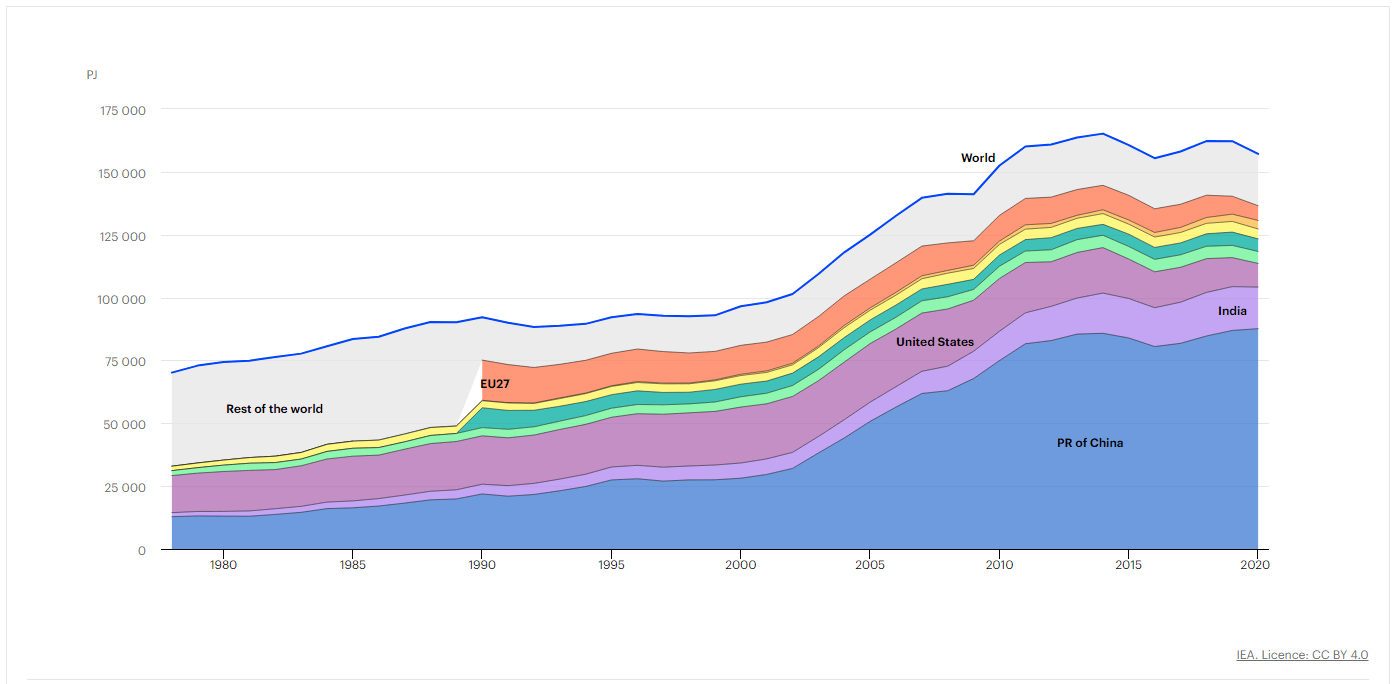Vlad RF
RoboForex Representative
- Messages
- 487
What is Volatility and How to Use It on Forex
Author : Victor Gryazin

Dear Clients and Partners,
In this article, we’ll talk about a term called volatility. It’s a very important parameter of the financial instrument price, which is used for forecasts and trading.
What is volatility?
Financial markets never stand still, they are constantly moving. To understand this, just look at the chart of any financial instrument – prices are either rising or falling and quite often trading sideways. For assessing the market activity and price dynamics, there is an indicator called volatility.
Volatility is a range of movements of the financial instrument price over a certain period of time (day, week, month, etc.). In other words, volatility shows how high or low the financial instrument price may rise or fall in a definite time. Volatility can be calculated in percentage or points (the minimum value of price movements)
The stock market is believed to be one of the most volatile and changes in prices of different companies are often measured in percentage. For example, if a stock cost $100 at the beginning of a trading session and added (or lost) $10 during the day, then its volatility equals 10%. Stocks of large companies usually have daily volatility of about 5-10%, mid-caps and low-liquid stocks – 20%, 50%, or even more than 100%.
On the Forex market, price dynamics of currency pairs are less significant in percentage terms but it’s due to the trading volumes, which are also much lower. The volatility of currency pairs is usually measured in pips. For example, USD/JPY is considered to be moderately volatile and usually passes 50-70 pips a day, while GBP/JPY is more volatile and its average daily range is between 100 and 150 pips.

How to use volatility in trading?
First of all, volatility is used for assessing opportunities to trade any given financial instrument. Traders make money on price movements, that‘s why instruments with high volatility are more preferable for trading. The more actively a financial instrument moves, the more opportunities traders have to make a profit on this movement.
Long-term investors are more careful with volatility because they usually trade without Stop orders, while high volatility implies high risks. As a result, they prefer a balanced approach, when they choose an instrument with moderate volatility but which has a powerful fundamental or technical background for long-term movements.
On exchanges, one may directly trade volatility by means of futures and options. For that, a lot of different volatility indices were developed with VIX being one of the most famous. This index is calculated based on the US stock index S&P 500. VIX is sometimes called the “fear index” – at the time of panic it rises and at the time of calmness – vice versa.cur
Indicators for trading using volatility
For calculating and using volatility in trading, a lot of technical indicators were created. Let’s check three of them, which are quite popular with traders.
ATR (Average True Range)
ATR indicator is famous for assessing volatility, which was created in 1978 by J. Welles Wilder). The major goal of ATR is to calculate the current volatility of a financial instrument. Volatility in pips is calculated by averaging out the highest and lowest values of the price over a specified period of time.
The ATR indicator is built in a separate window below the price chart and consists of one major line, which shows only positive values starting from 0. Average True Range shows changes in volatility, it will equally grow when volatility rises in both ascending and descending trends. The higher the market volatility, the bigger the indicator value.
Read more at R Blog - RoboForex
Sincerely,
RoboForex team
Author : Victor Gryazin

Dear Clients and Partners,
In this article, we’ll talk about a term called volatility. It’s a very important parameter of the financial instrument price, which is used for forecasts and trading.
What is volatility?
Financial markets never stand still, they are constantly moving. To understand this, just look at the chart of any financial instrument – prices are either rising or falling and quite often trading sideways. For assessing the market activity and price dynamics, there is an indicator called volatility.
Volatility is a range of movements of the financial instrument price over a certain period of time (day, week, month, etc.). In other words, volatility shows how high or low the financial instrument price may rise or fall in a definite time. Volatility can be calculated in percentage or points (the minimum value of price movements)
The stock market is believed to be one of the most volatile and changes in prices of different companies are often measured in percentage. For example, if a stock cost $100 at the beginning of a trading session and added (or lost) $10 during the day, then its volatility equals 10%. Stocks of large companies usually have daily volatility of about 5-10%, mid-caps and low-liquid stocks – 20%, 50%, or even more than 100%.
On the Forex market, price dynamics of currency pairs are less significant in percentage terms but it’s due to the trading volumes, which are also much lower. The volatility of currency pairs is usually measured in pips. For example, USD/JPY is considered to be moderately volatile and usually passes 50-70 pips a day, while GBP/JPY is more volatile and its average daily range is between 100 and 150 pips.

How to use volatility in trading?
First of all, volatility is used for assessing opportunities to trade any given financial instrument. Traders make money on price movements, that‘s why instruments with high volatility are more preferable for trading. The more actively a financial instrument moves, the more opportunities traders have to make a profit on this movement.
Long-term investors are more careful with volatility because they usually trade without Stop orders, while high volatility implies high risks. As a result, they prefer a balanced approach, when they choose an instrument with moderate volatility but which has a powerful fundamental or technical background for long-term movements.
On exchanges, one may directly trade volatility by means of futures and options. For that, a lot of different volatility indices were developed with VIX being one of the most famous. This index is calculated based on the US stock index S&P 500. VIX is sometimes called the “fear index” – at the time of panic it rises and at the time of calmness – vice versa.cur
Indicators for trading using volatility
For calculating and using volatility in trading, a lot of technical indicators were created. Let’s check three of them, which are quite popular with traders.
ATR (Average True Range)
ATR indicator is famous for assessing volatility, which was created in 1978 by J. Welles Wilder). The major goal of ATR is to calculate the current volatility of a financial instrument. Volatility in pips is calculated by averaging out the highest and lowest values of the price over a specified period of time.
The ATR indicator is built in a separate window below the price chart and consists of one major line, which shows only positive values starting from 0. Average True Range shows changes in volatility, it will equally grow when volatility rises in both ascending and descending trends. The higher the market volatility, the bigger the indicator value.
Read more at R Blog - RoboForex
Sincerely,
RoboForex team






